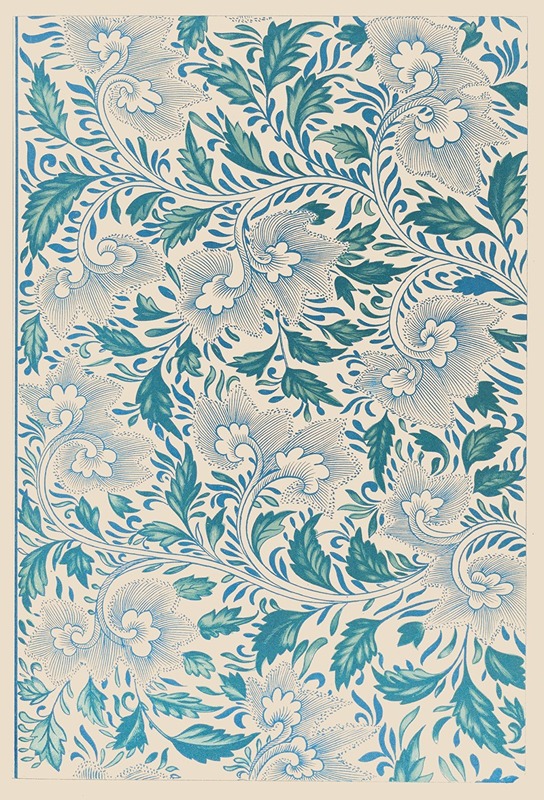
Examples of Chinese ornament, Pl.04
A hand-painted replica of Owen Jones’s masterpiece Examples of Chinese ornament, Pl.04, meticulously crafted by professional artists to capture the true essence of the original. Each piece is created with museum-quality canvas and rare mineral pigments, carefully painted by experienced artists with delicate brushstrokes and rich, layered colors to perfectly recreate the texture of the original artwork. Unlike machine-printed reproductions, this hand-painted version brings the painting to life, infused with the artist’s emotions and skill in every stroke. Whether for personal collection or home decoration, it instantly elevates the artistic atmosphere of any space.
"Examples of Chinese Ornament, Pl.04" is a plate from the influential design book "The Grammar of Ornament" by Owen Jones, first published in 1856. Owen Jones was a British architect and designer, renowned for his work in color theory and ornamental design. His book aimed to provide a comprehensive guide to the decorative arts from various cultures around the world, and it became a seminal work in the field of design.
"The Grammar of Ornament" consists of 37 chapters, each dedicated to a different style or culture, including Egyptian, Persian, Greek, Roman, and Chinese, among others. The book was intended to serve as a source of inspiration for designers and architects, showcasing the richness and diversity of global decorative arts. Jones believed that understanding and appreciating these different styles could lead to more innovative and harmonious designs in contemporary architecture and decoration.
Plate 04 from the Chinese section of the book is one of several illustrations that depict traditional Chinese ornamental designs. These designs are characterized by their intricate patterns, symmetry, and use of vibrant colors. Chinese ornamentation often includes motifs such as dragons, phoenixes, clouds, and floral patterns, which are rich in symbolism and cultural significance. These motifs are not only decorative but also convey meanings related to prosperity, longevity, and harmony.
Jones's depiction of Chinese ornamentation reflects his admiration for the sophistication and beauty of Chinese art. He was particularly impressed by the way Chinese artists used color and form to create balanced and aesthetically pleasing designs. The use of color in Chinese ornamentation is often symbolic, with specific colors representing different elements and concepts. For example, red is commonly associated with good fortune and happiness, while gold symbolizes wealth and prosperity.
The illustrations in "The Grammar of Ornament" were produced using chromolithography, a relatively new printing technique at the time, which allowed for the reproduction of vibrant colors and intricate details. This technique was crucial in conveying the richness of the original designs to a Western audience, who may not have been familiar with Chinese art.
Jones's work played a significant role in the 19th-century design reform movement, which sought to improve the quality of design in industrial production by looking to historical and global sources for inspiration. His emphasis on the importance of studying and understanding different cultural styles helped to broaden the horizons of Western designers and encouraged a more inclusive approach to design.
"Examples of Chinese Ornament, Pl.04" and the other plates in "The Grammar of Ornament" continue to be valued for their historical significance and their contribution to the study of design. They offer a window into the rich traditions of Chinese decorative arts and serve as a reminder of the enduring influence of cultural exchange in the world of design.





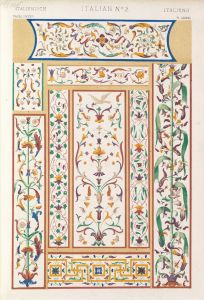
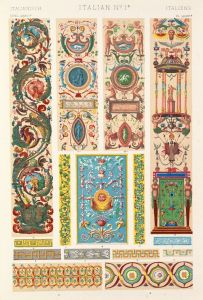
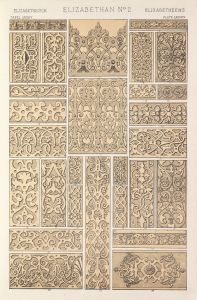
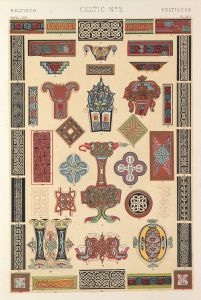
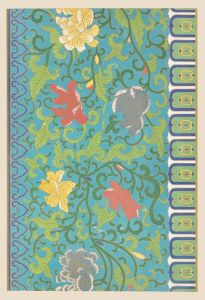
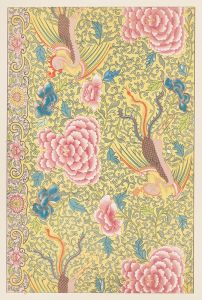
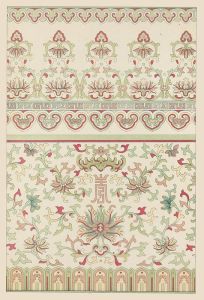
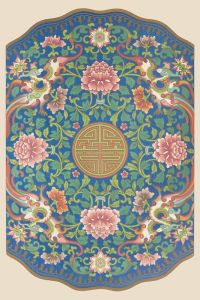
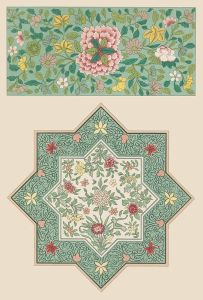
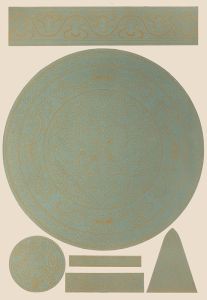
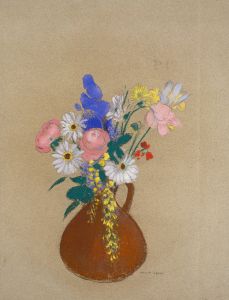
![Design sketches for stepped, three-panel, painted decorative folding screens.] [Drawing of plans, elevation, and details](/imgs/249416/s/winold-reiss-design-sketches-for-stepped-threepanel-painted-decorative-folding-screens-drawing-of-plans-elevation-and-details-cebab690.jpg)
